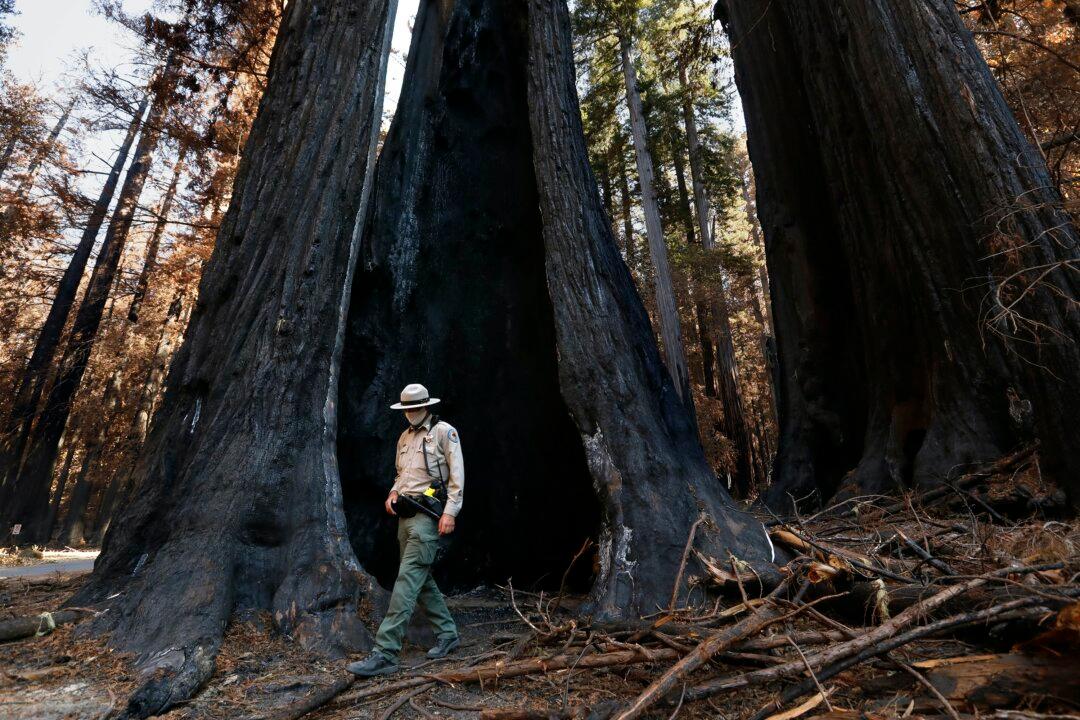More than 175,000 square miles (453,000 square kilometers) of old-growth and mature forests have been identified on U.S. government land, an inventory report released on Thursday has revealed.
The federal government’s first-ever national inventory of mature and old-growth forests (pdf) on federal land revealed more expanses of older trees than researchers had earlier estimated.





